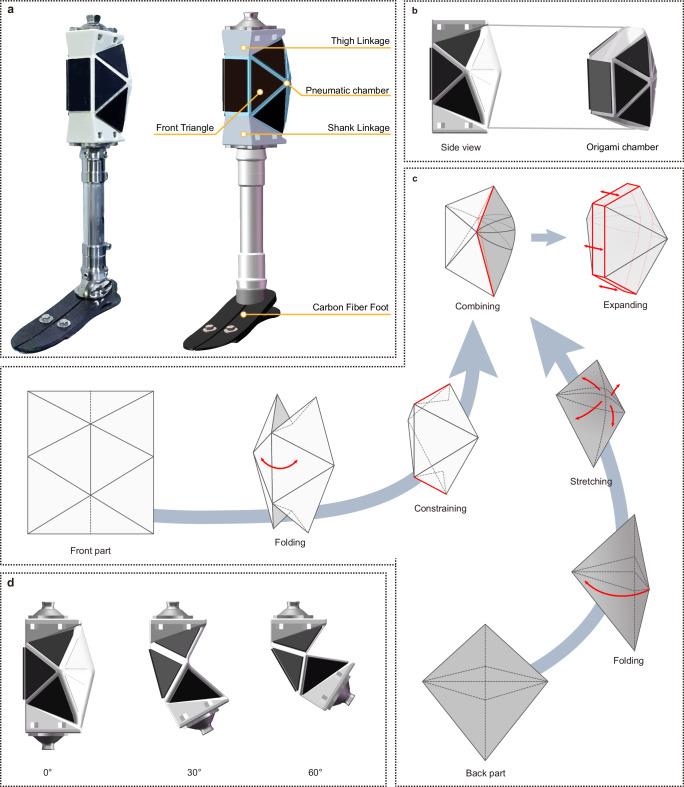Soft Prosthetic Knee Gives a Leg-up to Innovation

Researchers from Peking University (PKU) have developed an innovative soft prosthetic knee. An account of the research was published in Nature Communications.
In contrast to the rigid, high-density metallic mechanics of knee prosthetics, this breakthrough represents a paradigm shift in lower-limb prosthetics with notable advantages, including lighter weight, a more compact structure, cost-effective production, and simplified manufacturing processes.
According to the PKU website, the highlight of the innovation is the integration of an origami-inspired design and horsetail-inspired weight-bearing mechanism.
The soft prosthetic knee incorporates an origami-inspired structure, strengthened with polymer blocks and a connecting system for the thigh and calf. Its design enables an extensive motion range to accommodate the knee's dynamic movement requirements.
To improve its load-bearing capability, the back-fold structure forms a pneumatic chamber, mimicking the hydraulic pressure found in horsetail cells. Reinforced folds help minimize unnecessary deformation, enhancing motion control precision.
This device, which integrates advanced materials, actuators and sensors, alongside 3D printing and other modern manufacturing techniques, is expected to not only reduce costs but also accelerate the development of next-generation prosthetic devices.






